I'm trying to measure small electrochemical signals using a trans-impedance amplifier fed into a lock-in amplifier.
I have an electrochemical cell that poses a very high impedance (100s of MegaOhms) that I feed a triangle wave into (5V P-P) the excitation frequency ranges from 1Hz to 100kHz.
The current across the cell is amplified with a trans-impedance amplifier with variable gain. One problem is that there is a lot of noise in the measurement, mainly due to the strong RF fields around (due to the experimental setup). I have been RF shielding and passively low pass filtering the output to get rid of some noise, but the output waveform is still very noisy, especially at high gain.
I have a feeling that lock-in amplification might be the solution but I am not sure how to set it up. I have a model 5210, Princeton lock-in amplifier at my disposal. I have tried splitting the driving signal and feeding one end as reference to the lock-in. I then feed the output of the trans-impedance amplifier into input channel A and record the X and Y outputs. With various filter settings and phase adjustments, I wasn't able to recover any signal successfully. The resulting I-V curve from similar experiments look a bit like this:
I'd appreciate any help with setting up the amplifier, am I using it correctly or is this approach fundamentally flawed? I have little understanding of the theory behind the instrument so I'm feeling slightly lost at the moment.
